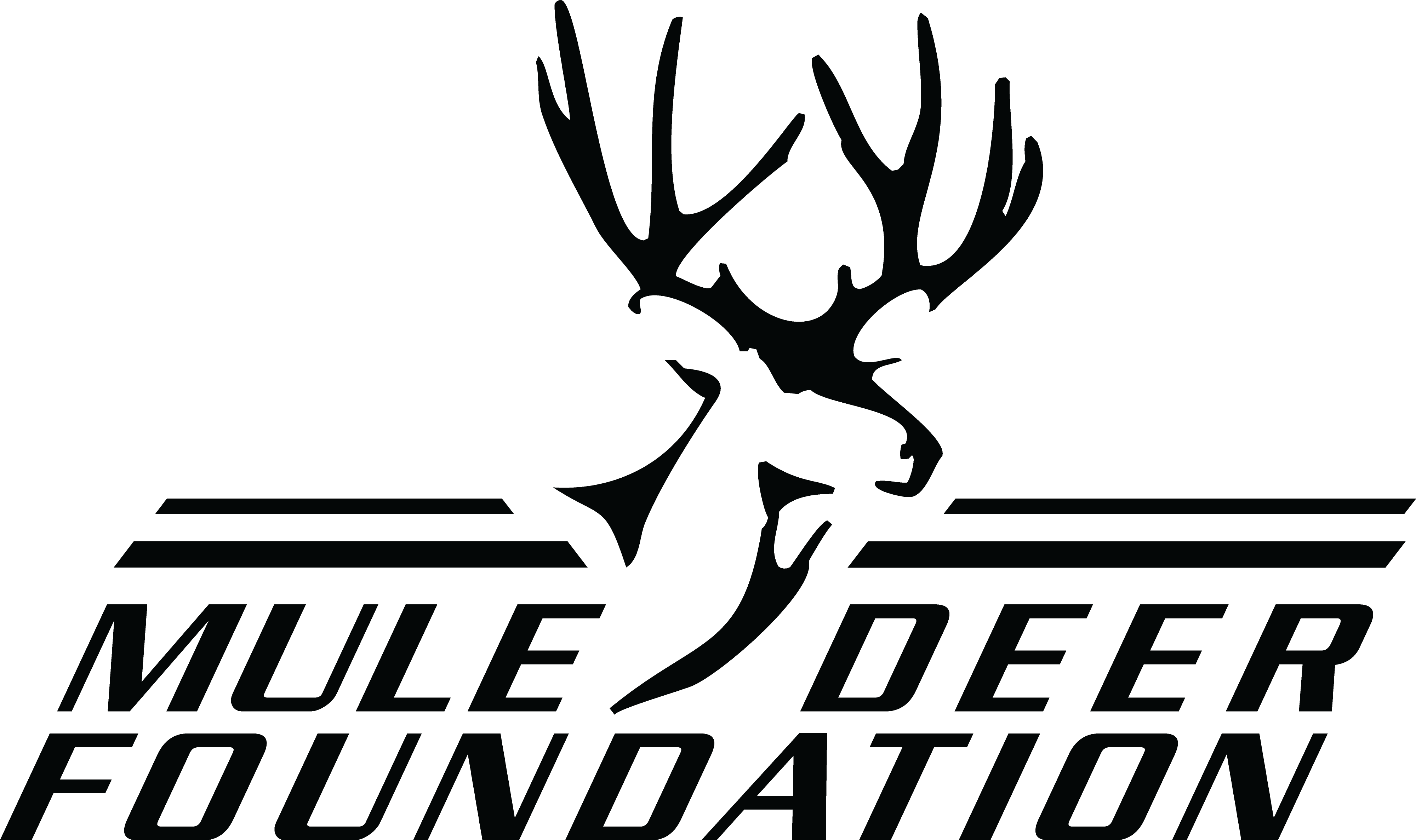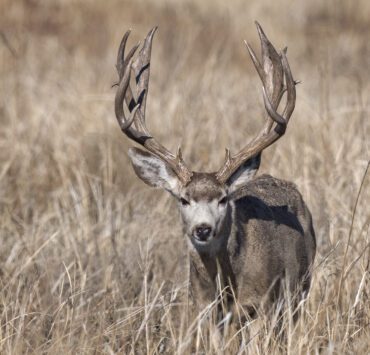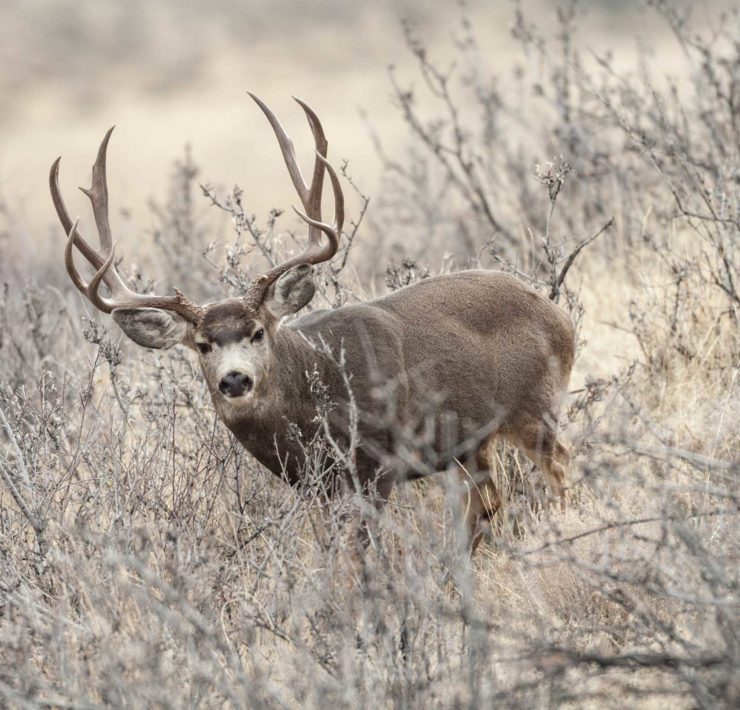“Lead Free Bullets for Big Game?”
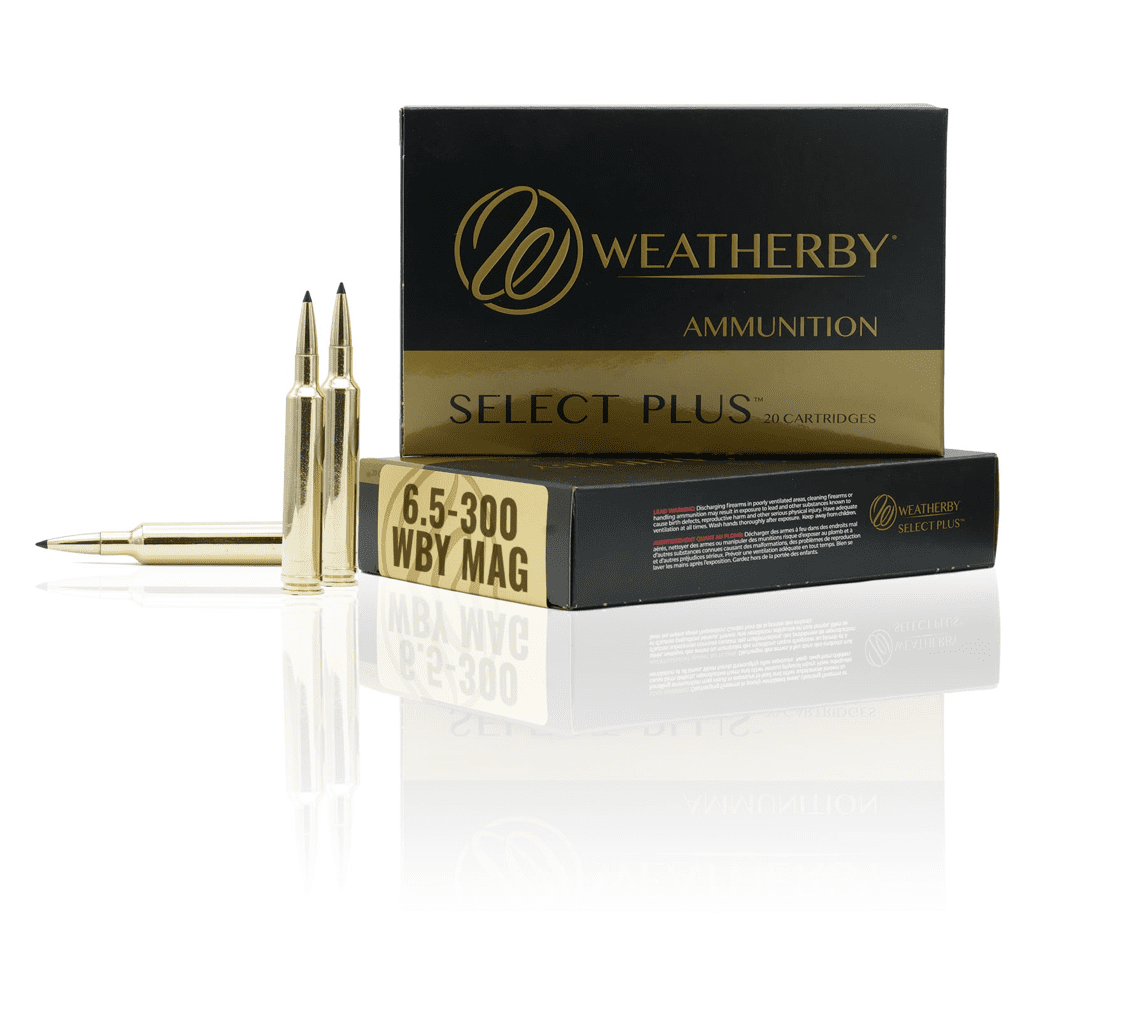
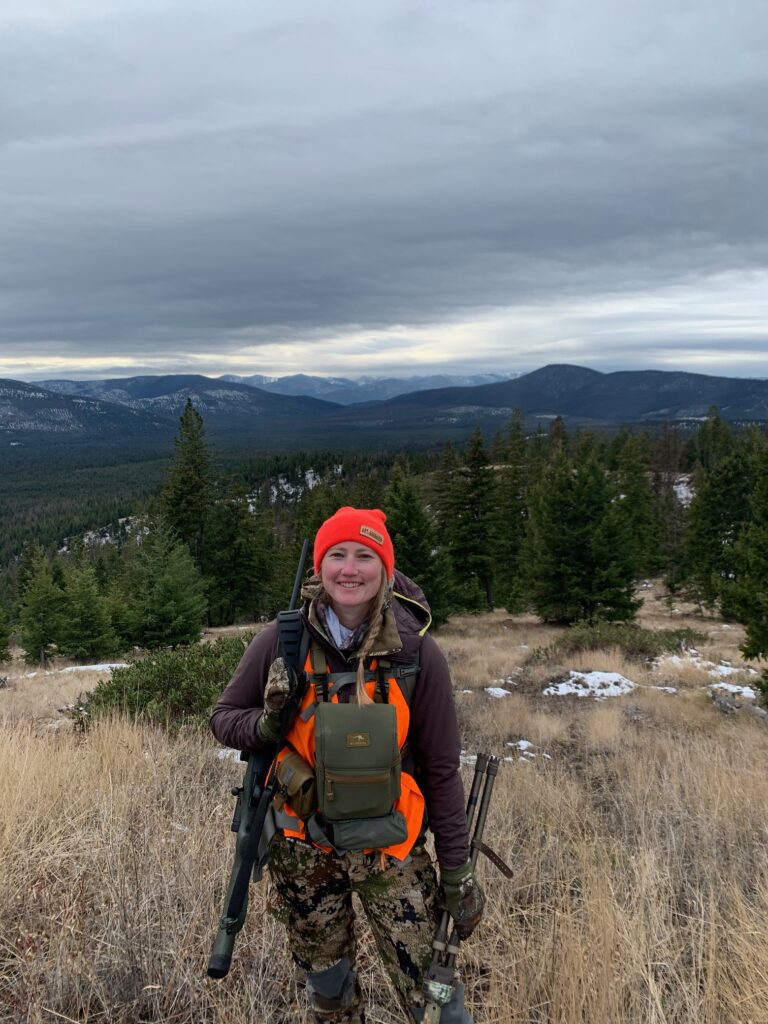
“Not as far-fetched as you might think.”
We sat down with Hannah Leonard of Sporting Lead-Free to discuss nontoxic ammunition choices for big game hunting. Hannah is a great advocate for conservation and the hunting community. I may not be rushing to fill my gun safe with copper shells tomorrow, but after speaking with her, I am definitely looking into some options.
MDF: Who are you?
Hannah Leonard: I was born and raised in Montana and am the Program Director for Sporting Lead-Free. I have been fishing since I was three years old and started fly fishing in college before deciding to learn to hunt at 22. I have a bachelor’s in marketing and a master’s in Resource Conservation, focusing on human dimensions, from the University of Montana.
MDF: What do you hunt?
Hannah: I primarily like to hunt whitetail in the river bottoms around Missoula. I have been on a few Mule Deer hunts and Antelope hunts but have yet to succeed. I am also getting into Upland bird hunting with a couple of friends who all decided to try it simultaneously.
MDF: What is Sporting Lead-Free?
Hannah: We are a non-profit organization focused on an education initiative. Our mission is to educate the outdoor public on the consequences of lead use in the field. We are purely education-based; we don’t engage in legislation or policy initiatives. We are not anti-lead, just pro-nontoxic ammunition in specific circumstances where the ecosystem might be more sensitive to lead.
MDF: Why is Lead less than Optimal?
Hannah: We all know lead is a toxic metal to most animals. We have removed it from our gasoline, candy wrappers, paint, and water pipes because it’s bad for us.
MDF: But what makes it bad?
Hannah: A few things. Lead core bullets expand and fragment into near-microscopic pieces, ending up in gut piles and meat we feed to our families. Predators and scavengers who feed on gut piles can ingest those lead fragments and become poisoned. Lead poisoning causes brain damage, among other organ issues, which causes erratic behavior, stumbling, and impaired judgment before ultimately killing the poisoned individual or animal.
MDF: Impaired Judgment?
Hannah: Yes, a number of critters which get hit on the highway after acting erratic and seemingly being confused have been determined to have been suffering from late-stage lead poisoning.
MDF: How much lead is too much?
Hannah: Mammals have no known safe level. Only 20 mg of lead will kill an eagle.
MDF: What’s 20mg in American?
Hannah: Lol, about the size of a half grain of rice. Furthermore, the fragments can travel up to 18 inches from the initial wound channel in critters. This means even when you make a perfect behind-the-front shoulder shot, there is always the risk of small amounts of lead in backstraps, neck, and shoulder meat.
MDF: Why the Focus on Birds?
Hannah: Birds of prey (eagles, hawks, falcons, owls, and vultures) are meat eaters. In the West, these birds are migrating during hunting season. Hunter gut pules help get these birds the caloric intake needed to survive these long migrations. We focus more on birds than mammals because birds are more susceptible due to their weight being so much less than a coyote bobcat or wolf. They also have a different, more acidic digestive system. Acid breaks down lead much faster than human or other mammal stomachs can, and the bird’s petite frame and weight ensure the lead spreads into the brain and body much quicker.
MDF: What about the Coyotes, Bears, and Wolves?
Hannah: We don’t want anything or anyone to have lead poisoning, and while it is certainly possible for a bear or wolf to ingest a lethal dose of lead, it’s much less common than in birds.
MDF: Do you shoot Non-Tox:
Hannah: Yes. My rifle is a Weatherby Carmela in .308. I like the Barnes vortex TTSX solid copper bullet, but I also like Federal trophy copper. For big game the most common lead alternative is copper. All manufacturers have their own secret sauce, and every gun shoots different loads a bit different, so it’s important if you switch from lead you try a few types to see what you and your rifle prefer.
For upland game, I shoot BOSS. This is a direct-to-consumer company specializing in upland, waterfowl, and turkey loads. They made copper-plated bismuth originally just for waterfowl, but they have now expanded into upland and turkey. This U.S. Manufacturer is a massive supporter of conservation and veterans’ causes, so I would like to give them my business.
MDF: When did you make the switch to non-tox:
Hannah: I was with a friend during graduate school on a moose hunt in Montana. I was carrying a whitetail tag while my friend pursued moose along the river. On day 4 of our hunt, we encountered an adult golden eagle acting strangely and unable to fly. While I am not a bird biologist, it was evident that something was wrong. My friend and I captured the bird and got it to a raptor rehab facility.
The rehab facility determined the eagle had lead poisoning and explained how that can happen. I was so distraught that I may have caused this by hunting whitetail. I was ready to stop hunting. But, the rehab facility explained the non-lead options and encouraged me to keep hunting as the gut piles hunters leave are super important; we just need to make sure there’s no lead involved.
MDF: How hard was it for you to switch from lead?
Hannah: This was pre-2020, so the market was not as depleted as it has been recently. I went to a sportsman’s warehouse and found a Hornady lead-free option to try at the range. I made a few adjustments to the rile and scope, and it worked great.
MDF: How far off was the scope?
Hannah: I was high and right, 2 inches at 100 yards. It’s not a huge adjustment, but it is something you want to look at and make sure you plan for. Some folks don’t move their scope at all; they just know when they shoot copper, they will be a few inches high.
MDF: What resources exist for hunters who want to try a new cartridge?
Hannah: Most manufacturers offer ballistic comparison charts on their websites and bullet boxes. Most folks actually make the switch due to copper’s improved performance instead of any moral or conservation reasons.
MDF: What performance concerns are the biggest obstacle for copper?
Hannah: Performance is excellent with copper ballistically. The most considerable issue is price. It’s a big difference, sometimes $30 more per box, depending on the cartridge.
MDF: That can be hard to justify
Hannah: Absolutely. The way I think about it, your bullet or broadhead is the final step to notching your tag, so it’s not something to skimp out on. Make sure it’s a good bullet. Plus, the cost is pretty good once you have sighted your rifle.
MDF: Tell me more about the performance improvements with copper.
Hannah: Because lead is denser than copper, most copper bullets are longer. This can affect the shot placement and how the round leaves the barrel. Your copper bullet will have a much lower grain weight to achieve the same ballistic effect. I know this scares a lot of people who have shot the same grain for years, but it’s true. Copper retains 95% of its weight on target vs lead <80%, which means you don’t need as much weight to have the same effect on target.
MDF: What sort of education do you do?
Hannah: We are a non-profit, and to continue to educate the public and do our work, we would love you to become a member or simply donate to the Sporting Lead-Free cause. If you are curious and want to see a shooting demonstration or read more, our website is full of articles and scientifically reviewed peer publications.
MDF: Shooting Demonstrations?
Hannah: Yes, we offer shooting demonstrations for groups like a corporate outing or high school shooting club. We also host kids’ learn-to-hunt events and hunters’ education classes and support a ton of conservation causes. As I said, we are not anti-lead or anti-hunting at all, just pro-nontoxic ammunition when applicable.
MDF: California regulations on lead have received a lot of negative press. Could you comment?
Hannah: Yes, that legislative ban in CA set our education program back, as it’s just not the right way to do these things. We don’t endorse lead bans or blanket legislative moves of that sort. We want to avoid the California example in any more states. That’s why we focus on teaching and education vs mandates by concentrating on our hunting heritage and how we can contribute to the future of hunting. We can change the narrative around the non-tox movement. We are not anti-hunting and not anti-lead, just pro making the hunting community aware of the science behind the bullet choices available. If certain anti-hunting groups see stories of lead in kids or eagles and falcons, it’s not a good look for hunting. We want to avoid that. We focus on education.
MDF: Thank you so much for your time. We enjoyed learning about all you do.
Hannah: Thank you for having me.

Sporting Lead Free : https://www.sportingleadfree.org/blog
Good Luck!
Good luck this fall. Send pictures or stories from the field to [email protected] to be featured on our website or in our magazine. If this article, or any of our articles helped you become a better conservation steward, join the mule deer foundation. Click here to join: https://muledeer.org/product-category/membership/
Trevor Hubbs

Trevor is the Communications Manager and Editor for the Mule Deer Foundation and Blacktail Deer Foundation. He grew up hunting and fishing the Ozark Mountains for quail, ducks, and bucks. Now he ventures west for mule deer as often as possible.


